-
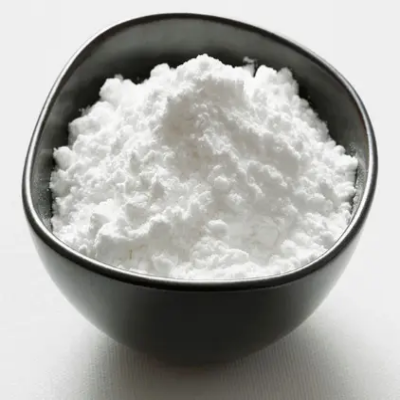
L-Norvaline CAS:6600-40-4
L-Norvaline is a natural amino acid derivative, which belongs to the family of branched-chain amino acids. It is structurally similar to the amino acid valine, with the distinction of having an additional methyl group on the side chain. L-Norvaline has garnered interest due to its potential biological activities and relevance in various physiological processes, making it a subject of study in fields such as metabolism, biochemistry, and nutrition.
-
![N-[1-(S)-Ethoxycarbonyl-3-phenylpropyl]-L-alanine CAS:82717-96-2](https://cdn.globalso.com/xindaobiotech/VYH6FUCIIBE_I7B6OOPY83.png)
N-[1-(S)-Ethoxycarbonyl-3-phenylpropyl]-L-alanine CAS:82717-96-2
N-[1-(S)-Ethoxycarbonyl-3-phenylpropyl]-L-alanine is a chemical compound belonging to the class of amino acid derivatives. It possesses a unique structure characterized by the presence of an ethoxycarbonyl group and a phenylpropyl moiety, contributing to its diverse properties and potential applications in various fields such as medicinal chemistry and drug development.
-
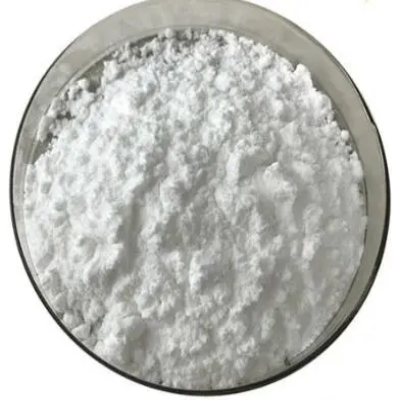
Fmoc-Thr(tBu)-OH CAS:71989-35-0
Fmoc-Thr(tBu)-OH, also known as Fmoc-protected threonine, is a derivative of the amino acid threonine with the Fmoc (9-fluorenylmethyloxycarbonyl) protecting group on the hydroxyl (OH) functional group. It is commonly used in peptide synthesis to introduce threonine into peptide chains, particularly in solid-phase peptide synthesis due to its stability and compatibility with Fmoc-based chemistry.
-

D-SERINE CAS:312-84-5
D-serine is a non-proteinogenic amino acid serving as a crucial neuromodulator in the central nervous system. It acts as a co-agonist at the glycine site of N-methyl-D-aspartate (NMDA) receptors, playing a significant role in synaptic plasticity, learning, and memory processes. Additionally, it participates in neurodevelopment and various physiological functions, making it a subject of extensive research in the fields of neuroscience, pharmacology, and psychiatry.
-

boc-N-methyl-L-alanine CAS:16948-16-6
boc-N-methyl-L-alanine, a derivative of the amino acid alanine, is a compound commonly utilized in peptide synthesis and organic chemistry. Its structure incorporates a tert-butoxycarbonyl (BOC) protective group and a methyl group, contributing to its significance as a versatile building block in chemical reactions and the creation of complex peptide structures.
-
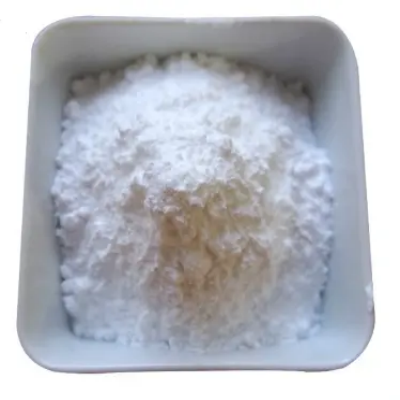
boc-L-homophenylalanine CAS:100564-78-1
boc-L-homophenylalanine is a chemical compound commonly utilized in peptide synthesis and organic chemistry. This compound serves as an essential building block for constructing peptides and peptidomimetics, making it a valuable reagent in biochemical and pharmaceutical research.
-

3-(4-Hydroxyphenyl)-D-alanine CAS:556-02-5
3-(4-Hydroxyphenyl)-D-alanine, also known as Dopa, is a naturally occurring amino acid. It plays a crucial role in the biosynthesis of catecholamine neurotransmitters such as dopamine, norepinephrine, and epinephrine. Additionally, it serves as a precursor for melanin, a pigment responsible for skin and hair coloration. Due to its biological significance, 3-(4-Hydroxyphenyl)-D-alanine has garnered attention from researchers studying neurological disorders, pigmentation, and other related fields.
-
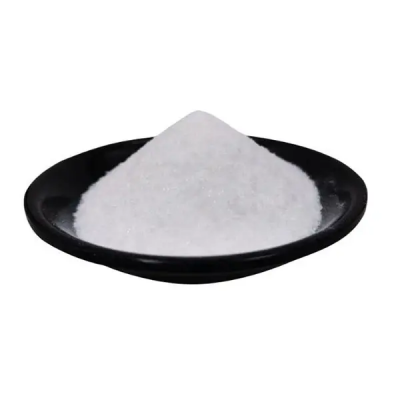
2-Bromopropene CAS:557-93-7
2-Bromopropene, also known as allyl bromide, is an organic compound belonging to the alkyl halide class. It is commonly used in organic synthesis and industrial processes due to its versatile reactivity and applications.
-
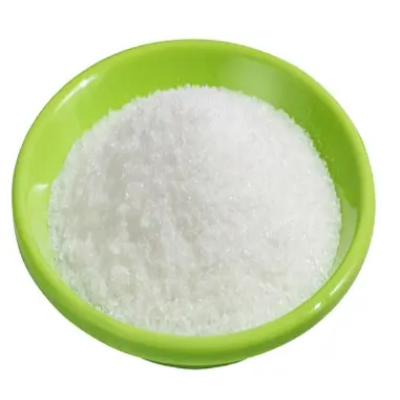
(R)-3-Aminobutyricacid CAS:3775-73-3
(R) -3-Aminobutyricacid, also known as R-3-aminobutyric acid or R-gamma-aminobutyric acid, is a naturally occurring compound that plays essential roles in biological processes. It is an enantiomer of 3-aminobutyric acid and is involved in various biochemical pathways within living organisms.
-

Fmoc-L-Ile-OH CAS:71989-23-6
Fmoc-L-Ile-OH is a chemical compound commonly utilized in peptide synthesis and organic chemistry. This compound serves as a fundamental building block for constructing peptides and peptidomimetics, making it an essential reagent in biochemical and pharmaceutical research.
-

Fmoc-Pro-OH CAS:71989-31-6
Fmoc-Pro-OH is a chemical compound commonly used in peptide synthesis and organic chemistry. This compound serves as a crucial building block for constructing peptides and peptidomimetics, making it an essential reagent in biochemical and pharmaceutical research.
-

Fmoc-Lys(Boc)-OH CAS:71989-26-9
Fmoc-Lys(Boc)-OH is a chemical compound widely used in peptide synthesis and organic chemistry. This compound, classified as a Boc-protected amino acid, plays a fundamental role in the construction of peptides and peptidomimetics, making it an essential building block in biochemical and pharmaceutical research.

